An overview of the presentation, diagnosis, triggers, prevention, and management of rosacea,
including insights from the latest guidelines
Rosacea is a chronic inflammatory dermatological condition predominantly affecting facial skin, characterised by transient or persistent erythema, papules, pustules, and telangiectasia. It is known as the ‘curse of the Celts’ as it is more prevalent in those with fair skin, blue eyes, and of
Celtic origins.
What causes rosacea?
The exact cause of rosacea is yet, unclear, however, a number of theories have been proposed, which include the possible role of genetics, immune system factors, environmental triggers, and the Demodex mite.
In some people, rosacea can by triggered by exposure to environmental, physiological, and emotional triggers, resulting in flare-ups.
Symptoms
Rosacea manifests primarily in fair-skinned adults, typically between 30 and 50 years of age. The four recognised subtypes include erythematotelangiectatic, papulopustular, phymatous, and ocular rosacea.1,2
Patients often present with flushing, persistent central facial erythema, and a range of additional features depending on the subtype.
Papulopustular rosacea can resemble acne, but lacks comedones, and ocular rosacea may present with symptoms of dry, irritated eyes or conjunctivitis.3
Symptoms can be provoked or aggravated by exposure to ultraviolet (UV) light, high and low temperatures, stress, physical activity, alcohol, smoking, spicy food, and hot drinks.
Diagnosis
The diagnosis of rosacea is largely clinical and based on history and examination. Key distinguishing features include persistent facial erythema and the presence of phymatous changes in more advanced cases. Differential diagnoses such as acne vulgaris, seborrheic dermatitis, and lupus erythematosus should be considered.1 Dermoscopy may aid in the assessment of telangiectasia or other vascular changes.4
Several factors can exacerbate rosacea symptoms, including UV exposure, heat, spicy foods, alcohol, stress, and certain topical irritants
Triggers
Several factors can exacerbate rosacea symptoms, including UV exposure, heat, spicy foods, alcohol, stress, and certain topical irritants.5 Patients often report a combination of environmental and lifestyle triggers that provoke flare-ups. Identification and avoidance of personal triggers are central to
effective management.2
Prevention strategies include sun protection, the avoidance of identified triggers, and the use of gentle skincare products and emolients.6
Skincare tips for patients with rosacea
Skincare products: Choose products that are mild, non-irritating, fragrance-free, and alcohol-free.
Cleanse: Wash facial skin with a gentle cleanser or a soap substitute with lukewarm water and pat skin dry. Avoid vigorous washing and scrubbing as this can irritate the skin.
Moisturise: Select a moisturiser that is fragrance free and ‘non-comedogenic’ or ‘oil-free’. Apply moisturiser to facial skin regularly, to help prevent dryness and sensitivity.
UV protection: UV rays can trigger a rosacea flare or aggravate symptoms. It is therefore advisable to avoid direct sunlight by seeking shade, wearing a hat with a wide brim, sunglasses, and avoiding the midday sun. Using a broad-spectrum sunscreen, offering protection from both UVA/UVB, with a minimum SPF 30, ideally 50, before heading outdoors is highly recommended.7
Shaving: Electric shavers may be more comfortable for men with rosacea. Avoid any shaving creams or lotions that burn or sting skin.
Eye care: For mild eye symptoms which may include dryness and/or gritty feeling in the eyes, good eye care may help in managing these symptoms. This can include gently washing the eyes twice daily with warm water and using artificial tears.
Treatment
The treatment of rosacea is guided by subtype and symptom severity. It is not generally curable, but symptoms/triggers can be well managed. Good skin care, as outlined above, is key. Make-up that contains a green pigment in the form of a primer can help camouflage erythema.
The latest guidelines from the European Academy of Dermatology and Venereology emphasise a tailored treatment approach based on individual subtype and severity, with a focus on patient education regarding triggers and consistent skincare practices.11 Similarly, UK guidelines from NICE [National Institute for Health and Clinical Excellence] stress the importance of individualised care and the avoidance of corticosteroids, which can exacerbate the condition.1
Topical treatments, such as ivermectin 10mg/g cream or azelaic acid 15 per cent gel as first-line, and metronidazole 0.75 per cent cream or gel as second-line, can be used for mild-to-moderate cases of papulopustular rosacea (HSE).12
For patients with persistent erythema, alpha-adrenergic agonists like brimonidine (first-line) and oxymetazoline can provide temporary vasoconstriction and symptom relief.9
Topical treatments can be irritants, especially at the start of treatment. To reduce this, apply every second day. Some patients may initially need to apply for one hour and then wash off, eventually building up tolerance over time to a once-daily application
Oral antibiotics, particularly tetracyclines (eg, doxycycline), are effective for more severe inflammatory forms of rosacea, acting via anti-inflammatory mechanisms rather than antimicrobial effects.1,4
Ivermectin 10mg/g cream plus doxycycline modified release, or lymecycline can be used for treatment of severe papules/pustules (HSE).12
Referral to a consultant dermatologist may be considered for patients with refractory or severe rosacea which is having a negative impact on quality-of-life.
For patients with refractory or phymatous rosacea, options include laser therapy and surgical intervention.10
Treatment of rhinophyma: Refer to plastic surgeons or dermatology for discussion regarding shave excision or CO2 laser ablation.
Recent European guidelines also suggest the use of ivermectin cream as a long-term maintenance therapy, especially for reducing inflammatory lesions.3,11
Treatment of ocular rosacea
- Consider early specialist referral in ocular rosacea.
- Advise patient to clean eyelids daily using compresses to remove concretions/crusting using either cotton wool soaked in cooled boiled water or a capful of an emollient wash in a basin of water. Soak a piece of gauze from the basin and lie it across lashes for five minutes.
- Lubricating eye drops for dry gritty eyes applied liberally three times daily.
- Lubricating ointment may be used at night if needed.
Conclusion
Rosacea remains a challenging, yet manageable, dermatological condition. By adopting a patient-specific approach that includes lifestyle management, skincare, and pharmacological treatments where needed, healthcare providers can improve outcomes for patients with this common, but often distressing disorder.
Support
The Irish Skin Foundation website, www.irishskin.ie,13 has useful information and resources on rosacea. Earlier this year, it also launched a new information video resource for people living with rosacea, presented by Prof Anne–Marie Tobin, Consultant Dermatologist, Tallaght University Hospital, Dublin, which provides information on the causes, symptoms, and treatments available and offers tips on self-management for people living with rosacea.
References
1. National Institute for Health and Care Excellence (NICE). Rosacea: Clinical knowledge summaries (CKS). NICE. (Accessed September 2024). Available at: https://cks.nice.org.uk/topics/rosacea/
2. Thiboutot DM, Anderson R, Cook-Bolden F, et al. Standard management options for rosacea, part 1: Overview and broad-spectrum and anti-inflammatory therapies. Cutis. 2020;105(1):15-19
3. Del Rosso JQ, Thiboutot D, Gallo R, et al. Update on the management of rosacea: A status report on the current role and new applications of topical therapies. J Clin Aesthet Dermatol. 2017;10(3):17-24
4. Two AM, Wu W, Gallo RL, Hata TR. Rosacea: Part I. Introduction, categorisation, histology, pathogenesis, and risk factors. J Am Acad Dermatol. 2015;72(5):749-758
5. van Zuuren EJ, Fedorowicz Z, Carter B, et al. Interventions for rosacea. Cochrane Database Syst Rev. 2015;2015(4)
6. Draelos ZD. The role of skin care in optimising treatment of rosacea. J Clin Aesthet Dermatol. 2013;6(2):26-29
7. Naldi L, Rzany B. Rosacea treatment guidelines: The European approach. European Academy of Dermatology and Venereology (EADV)
8. Baldwin HE. Diagnosis and treatment of rosacea: State-of-the-art. J Drugs Dermatol. 2012;11(6):725-730
9. Fowler J. Brimonidine topical gel 0.33%: A novel agent for the treatment of facial erythema of rosacea. Clin Cosmet Investig Dermatol. 2013;6:43-48
10. Kassir R, Rohrich RJ, Rivas MP. Rhinophyma: Review and update. Plast Reconstr Surg Glob Open. 2017;5(7)
11. EADV Rosacea Guidelines Committee. Rosacea Treatment Guidelines: 2019 Update. European Academy of Dermatology and Venereology (EADV). 2019
12. HSE. Rosacea – Antibiotic prescribing. (Accessed September 2024). Available at: www.hse.ie/eng/services/list/2/gp/antibiotic-prescribing/conditions-and-treatments/skin-soft-tissue/rosacea/
13. Irish Skin Foundation. Rosacea. (Accessed September 2024). Available at: https://irishskin.ie/rosacea/
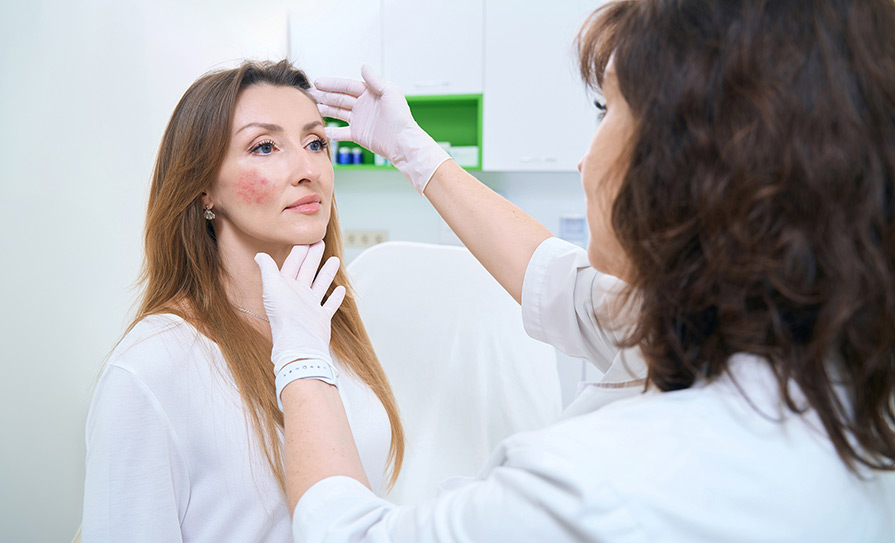
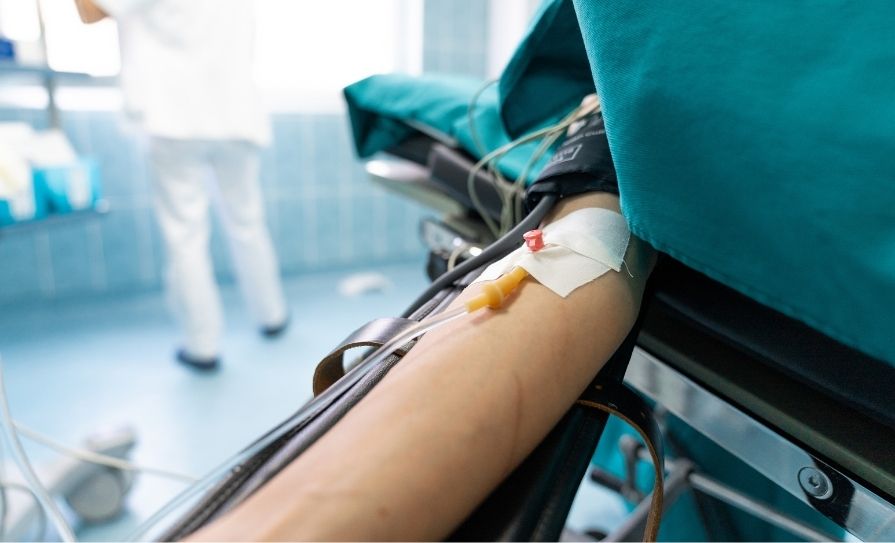
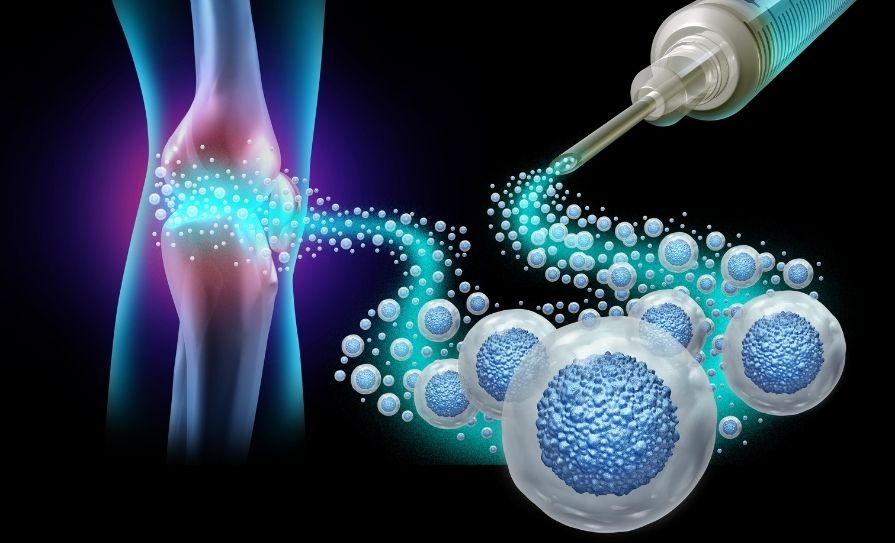
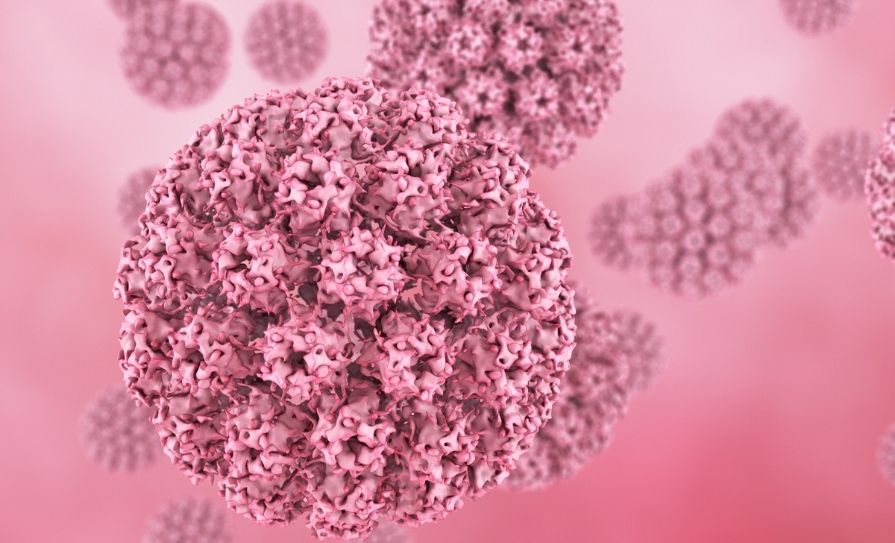

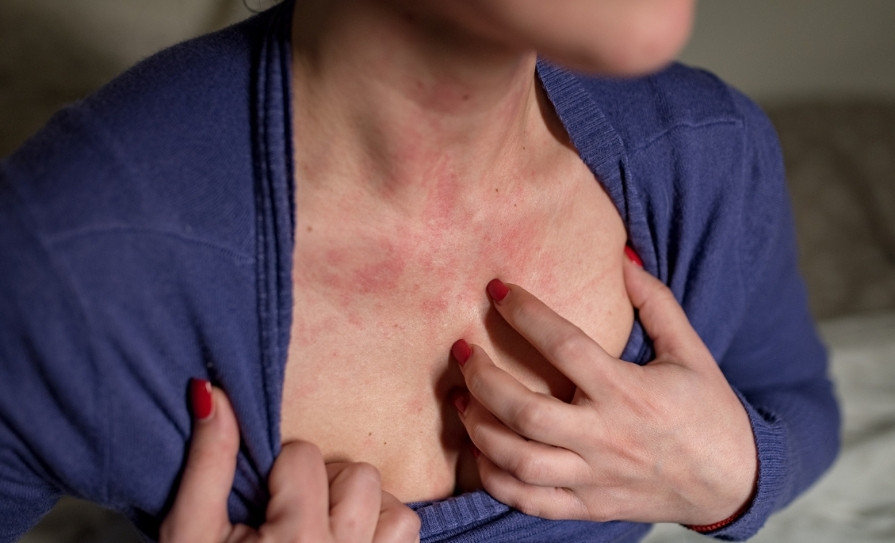
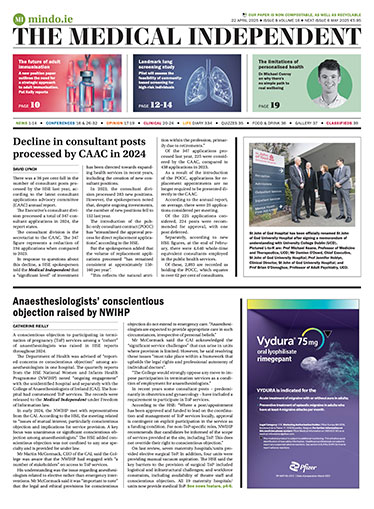
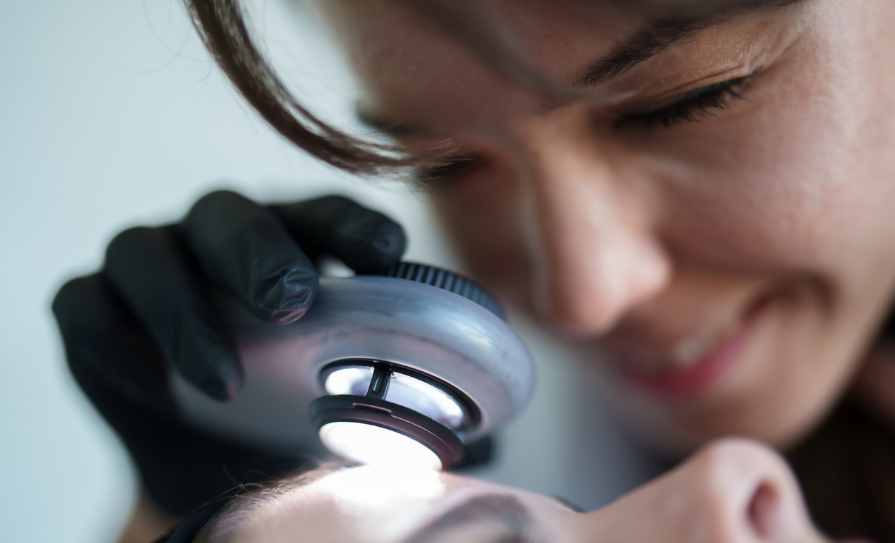





Leave a Reply
You must be logged in to post a comment.